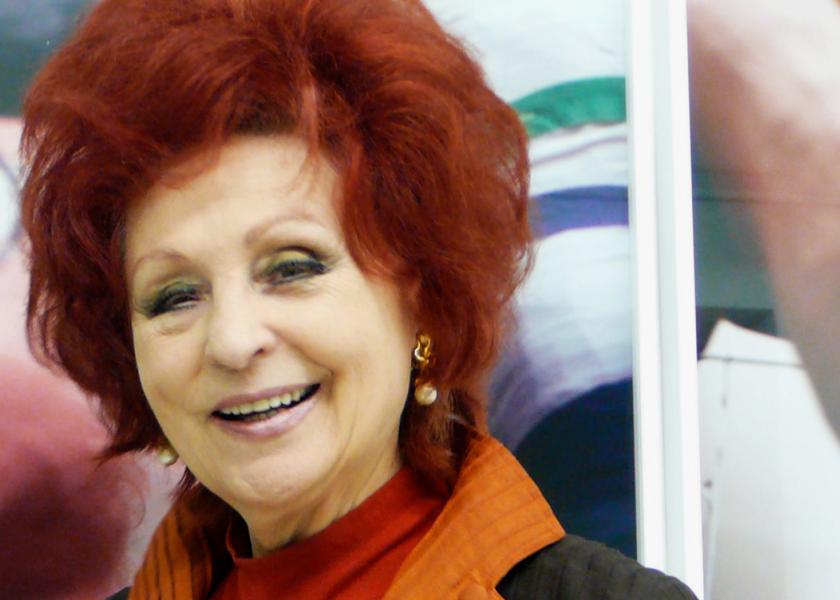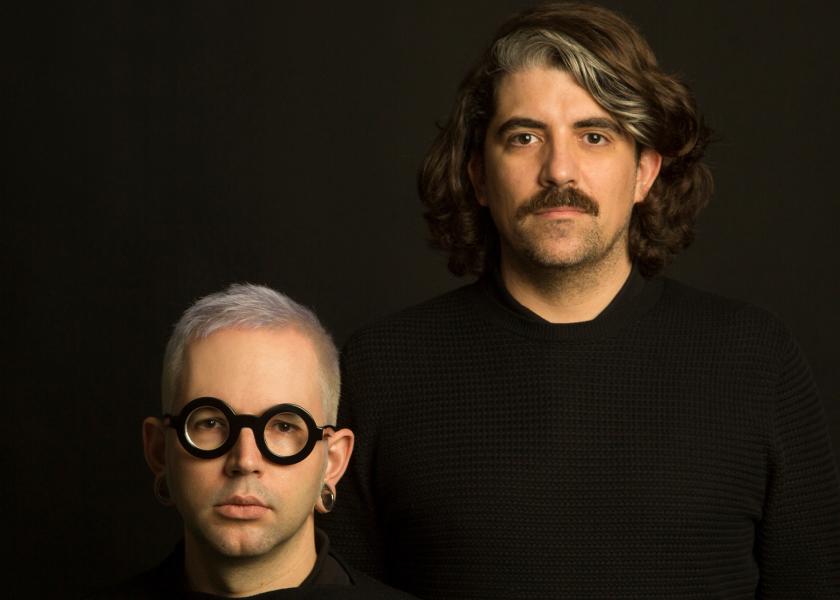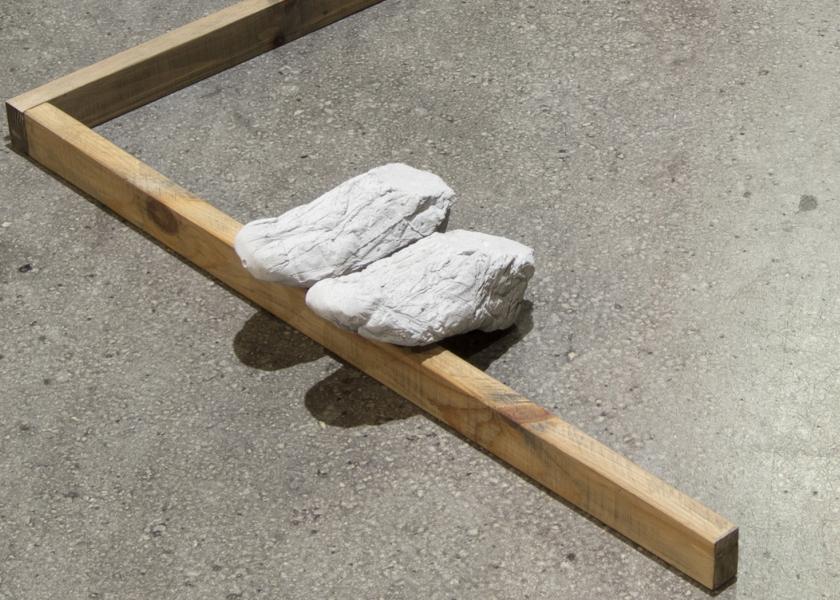WE COLLECT
For the love of art
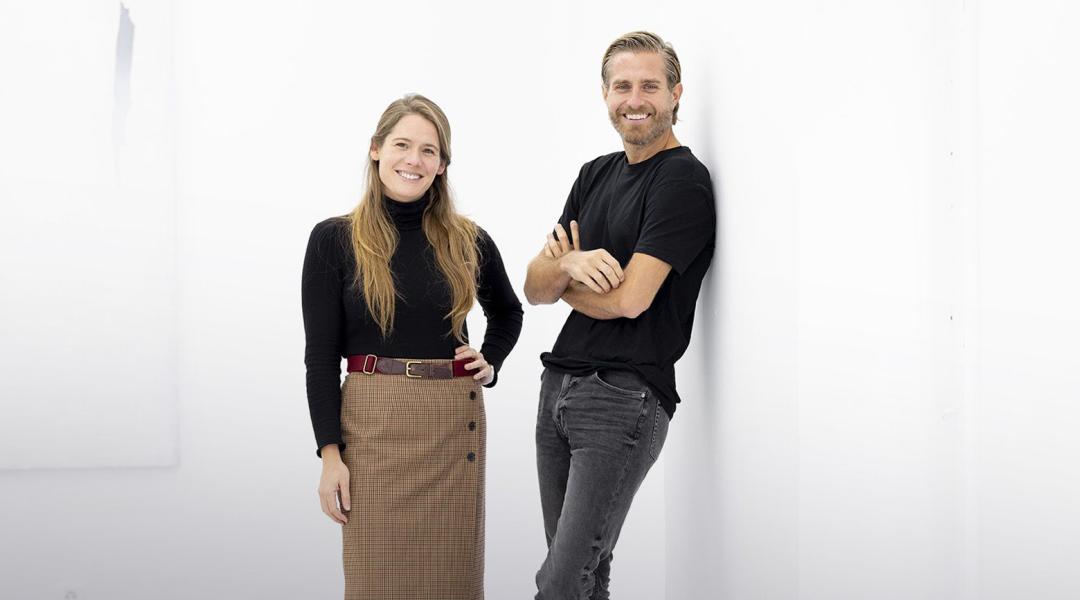
WE COLLECT, the project of Enrique del Río and Amaia de Meñaka, was born from the first collectors' club in the country, and is much more than an art gallery; it offers training and activities for new collectors, whom they guide in their passion. Because, as its founders recognise, if we want new generations to value art, training is fundamental.
Neither Enrique del Río (Madrid, 1984) or Amaia de Meñaka (Vigo, 1984) fit the serious image that many have of an art gallery owner. Their idea in starting their adventure at WE COLLECT was to launch a club that would promote the collector’s spirit in a different, more approachable and original way. When they joined forces, she (a graduate in Fine Arts with a Master’s in Art Market and Management of Related Companies) had already coordinated the Ivorypress gallery; he (an Art historian with an MBA in Entrepreneurship) had already created the digital newspaper Hoyesarte. That first phase was soon followed by two art galleries, one in Madrid and another in London, evolving to focus their full activity on their new exhibition space. Today, when you cross the threshold at WE COLLECT, on Conde de Aranda in Madrid, you are welcomed with open arms to have a fun experience, even if you don’t leave with a work of art under your arm...
The pandemic forced WE COLLECT to come to a sudden standstill. How have you stayed afloat?
Some of WE COLLECT’s distinguishing features are joy and carrying out a wide range of initiatives, many of them social. The crisis caught us moving to the gallery’s current location in Conde de Aranda, with the refurbishment works, and we opened in June 2020, in the middle of the depression. Despite everything, and with a lot of hard work, we have managed to ride this wave the best way possible. What really affected us was the sadness of seeing empty streets, galleries and museums. Now we’re all practically starting from scratch and, at last, joy is back.
In fact, you have some promising projects.
Before the pandemic, we had several things underway that we are keen to get back on track. Like the Master’s in Art Business —in collaboration with Universidad San Pablo CEU—, the first art business MBA in Spain, which is the result of WE COLLECT’s many years of educational programmes, courses, workshops, round tables and talks. For us, education on collecting, market, investment and current art is key. We needed a master’s degree like this, inspired by the best English-speaking degrees, that puts our entire trajectory at the service of the future of art. We are also working on our own residences and artist studies for international creators. A very special project, supported by a contemporary art collector who wants to help promote the careers of young artists. This is something we’ve always wanted to do, inspired by the actions of art galleries in London and New York, which are role models for us.
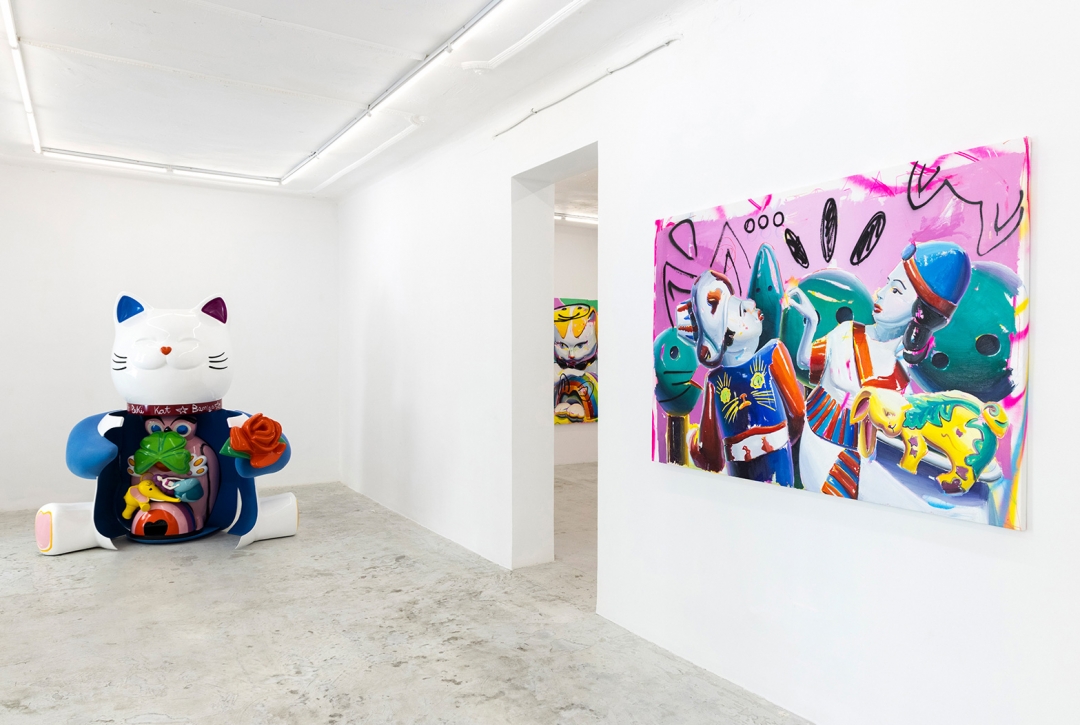
WE COLLECT gallery space, with artworks by Ana Barriga ©Uxío da Vila
New creators for new collectors for whom previous models are no use anymore?
WE COLLECT arose as a collector’s club and consultancy because we needed to work on a buyer’s and collector’s profile that is essential in all the great art capitals, which exists in cities like London, New York or Berlin, but is not very well-developed in Spain. Now, our gallery has gained prominence because of its activity, but we keep the club as part of it by organising activities for our customers. If we want new generations to value our work and the work of artists, we believe that, as well as the classic activity of an art gallery, we must educate and provide added value.
“If we want new generations to value our work and the work of artists, we believe that, as well as the classic activity of an art gallery, we must educate and provide added value”
Can a sensibility for appreciating art be acquired or is it a talent you are born with?
Culture has always seemed like something for minorities. It’s not easy to go to an exhibition or a fair and stand in front of a mirror that, when you look at yourself, makes you realise that you don’t understand anything about what you’re being told. It’s easier to occupy yourself with mindless entertainment than go to galleries or the opera: these require a sensibility that you acquire with education, over time. That’s where people who are curious and love art learn and enjoy themselves.
What key features must an artist have to move you and be included in your gallery?
We’re fascinated by creators’ capacity to make new things, that snowball effect that keeps growing and that you never know what it’ll be like in the future. We believe that, in the 21st century, art must bring joy and colour to the world. We believe that art has changed from being a channel for sharing emotions and realities and become a tool to generate them and a shelter from the barrage of drama and news we receive every day.
“We believe that art has changed from being a channel for sharing emotions and realities and become a tool to generate them and a shelter from the barrage of drama and news we receive every day”
Some say that art is for rich people, but you stand by the opposite.
This is one of the clichés that we try to change at WE COLLECT, because it’s simply not true. You just have to see the collections we bring out with some artists, with works around 200 euros, which are not series or print runs, but unique works by creators who are highly regarded by both critics and experts.
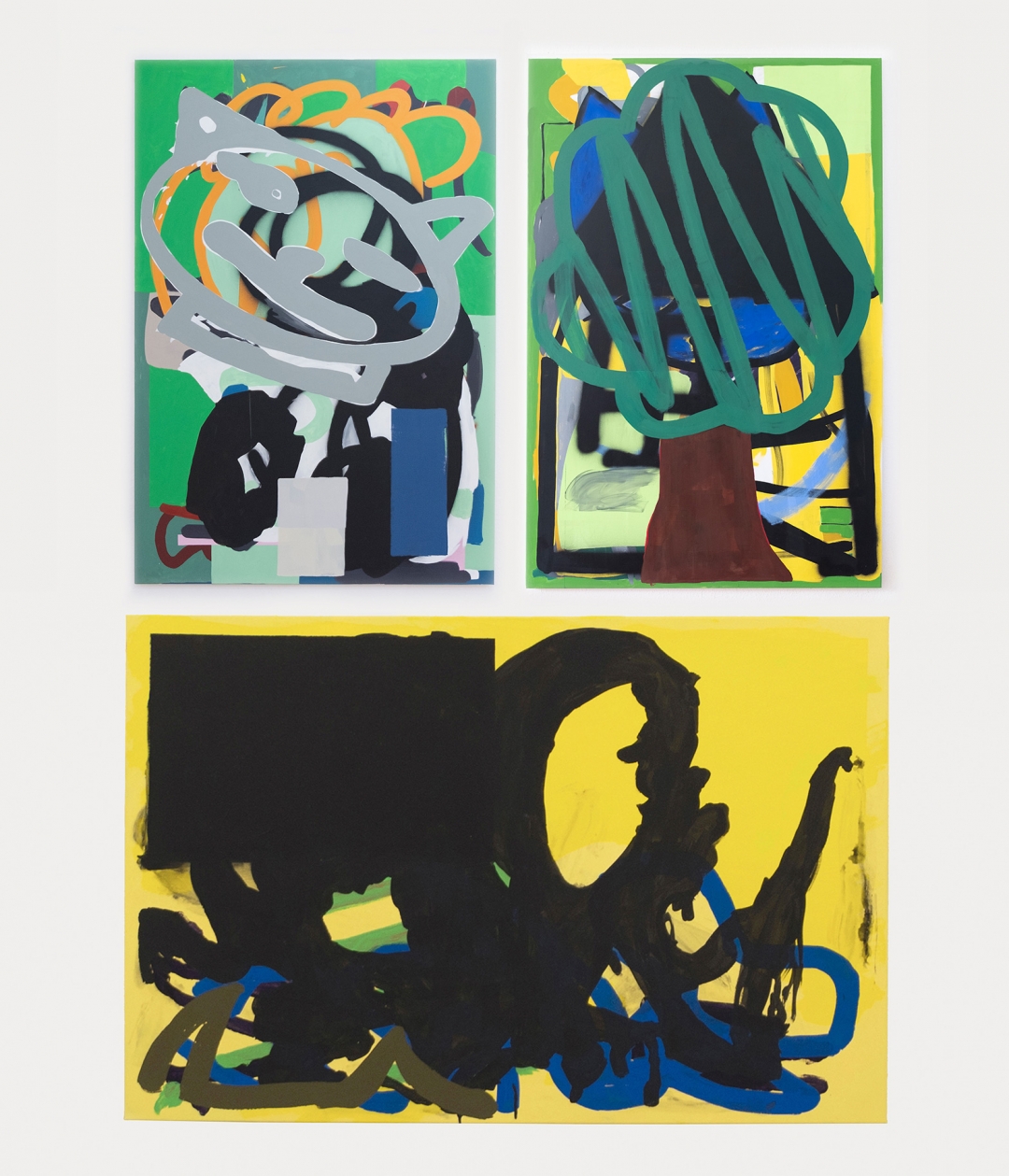
Three of Romain Blanck's paintings exhibited at WE COLLECT. ©Romain Blanck
In Spain, do we have a certain inferiority complex when it comes to art?
Some say that Spanish art has no place outside of Spain, but funnily enough, it’s only people within Spain who say that. We shouldn’t build ourselves up too much, nor put ourselves down either: we’re not as good as we believe ourselves to be in Spain, nor as bad as we feel we’re perceived abroad.
Considering all the art that, as experts, you see before your eyes, is there still new talent capable of surprising you?
Yes, that’s exactly what we love about art. That, despite 4,000 years of history, human beings always reinvent themselves and you never know what’s coming next. Art history shows that creativity always adds up, that new trends arise. Even now, when it seems like you’ve already seen everything, with such a globalised world, you go to an exhibition and discover something different. And there’s also the concept of “doing better”: it’s not only about being original, but you can also improve on something that has already been done before, and make it better.
